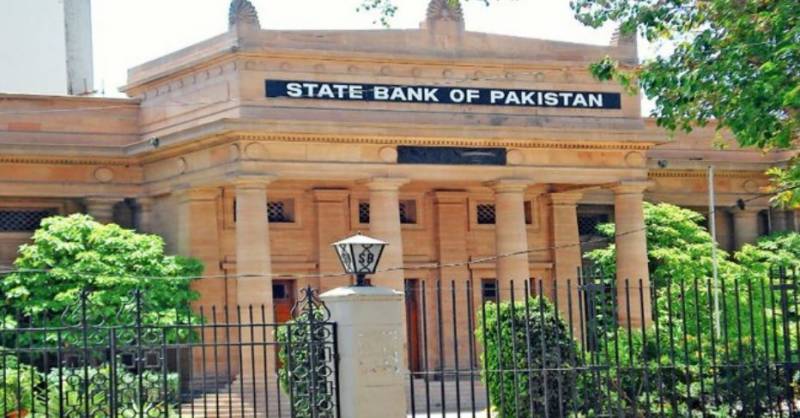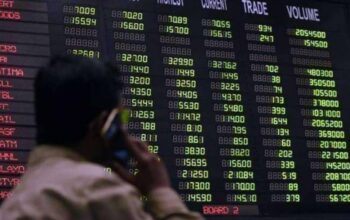By Staff Reporter
KARACHI: The central bank has made importers’ access to dollars comparatively difficult by directing banks to come to it first before making a transaction of $100,000 for any import payment in a latest bid to conserve hard US currency, media reported quoting sources on Monday.
Previously, this rule was invoked when banks were to make transactions of $500,000 for trade payments. On the face of it, the State Bank of Pakistan (SBP) is trying to contain imports, financed via banks, which are also running low on dollars.
The reserves held by the State Bank of Pakistan (SBP) reduced by $241 million or 2.6 percent to $8.98 billion as of June 10, which is a mere 1.32 months’ import cover.
Making it clear there was no restriction on making import payments, the SBP said its approval would be required before proceeding with the credit letters or registration of agreements for deals to source completely knocked down automobiles, cellular phones, and some machinery; however, these instructions to such effect rolled out late last month.
Analysts said the dollar stockpile, held by commercial banks, shrank because a financially challenged state bank had been spending their dollars on certain payments. This resulted in lowering the swap premiums, they added.
Some dubbed the situation as deeply distressing, but in the same breath said the country had been there and done that before and were upbeat on a revival.
Currently, the central bank is looking to find ways to corral the dollars to prevent the foreign exchange market from running dry.
There are reports that the SBP was mulling undoing the cash reserve requirement (CRR) of banks in terms of dollars, which would require banks to deposit 10 percent of dollar accounts with the central bank.
The government banned import of luxury and non-essential items in May to curtail dollar outflows, current account deficit, and foreign exchange depletion.
Trade deficit widened by an alarming 57.85 percent year-on-year to an all-time high at $43.33 billion during the 11 months of this fiscal year fueled by higher imports.
The import bill ballooned 44.28 percent to $72.18 billion in (July to May) FY2022, while exports improved 27.78 percent to $28.84 billion.
A yawning current account deficit and surging external debt repayments were signs of mounting pressure on forex reserves. If not addressed, a balance of payments could follow, if these indicators continued to blink red. Having lost most of its cover, the rupee is in the line of dollar’s fire and a scantily-equipped and dollar-depleted central bank can only watch the local currency bleed.
Copyright © 2021 Independent Pakistan | All rights reserved




